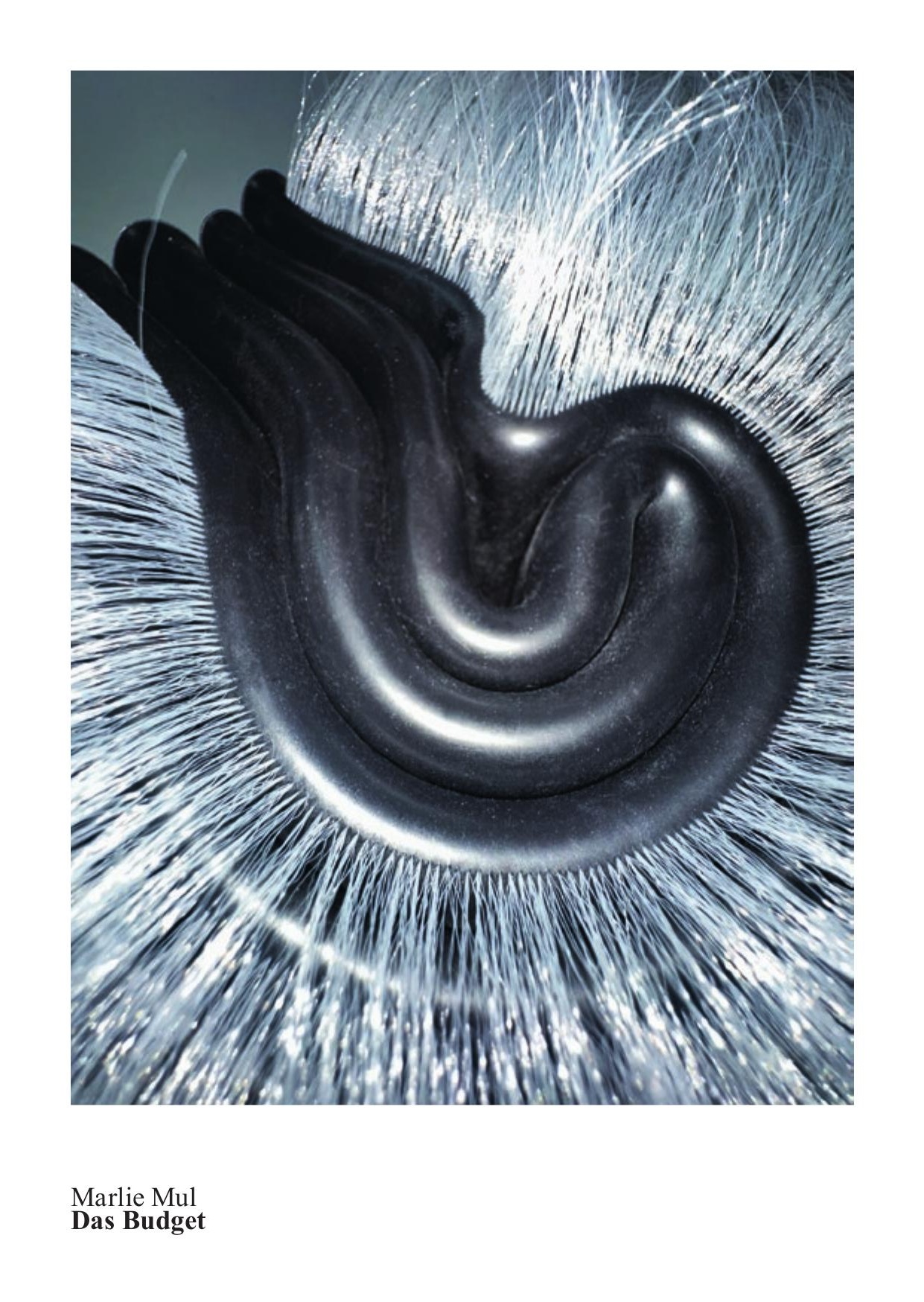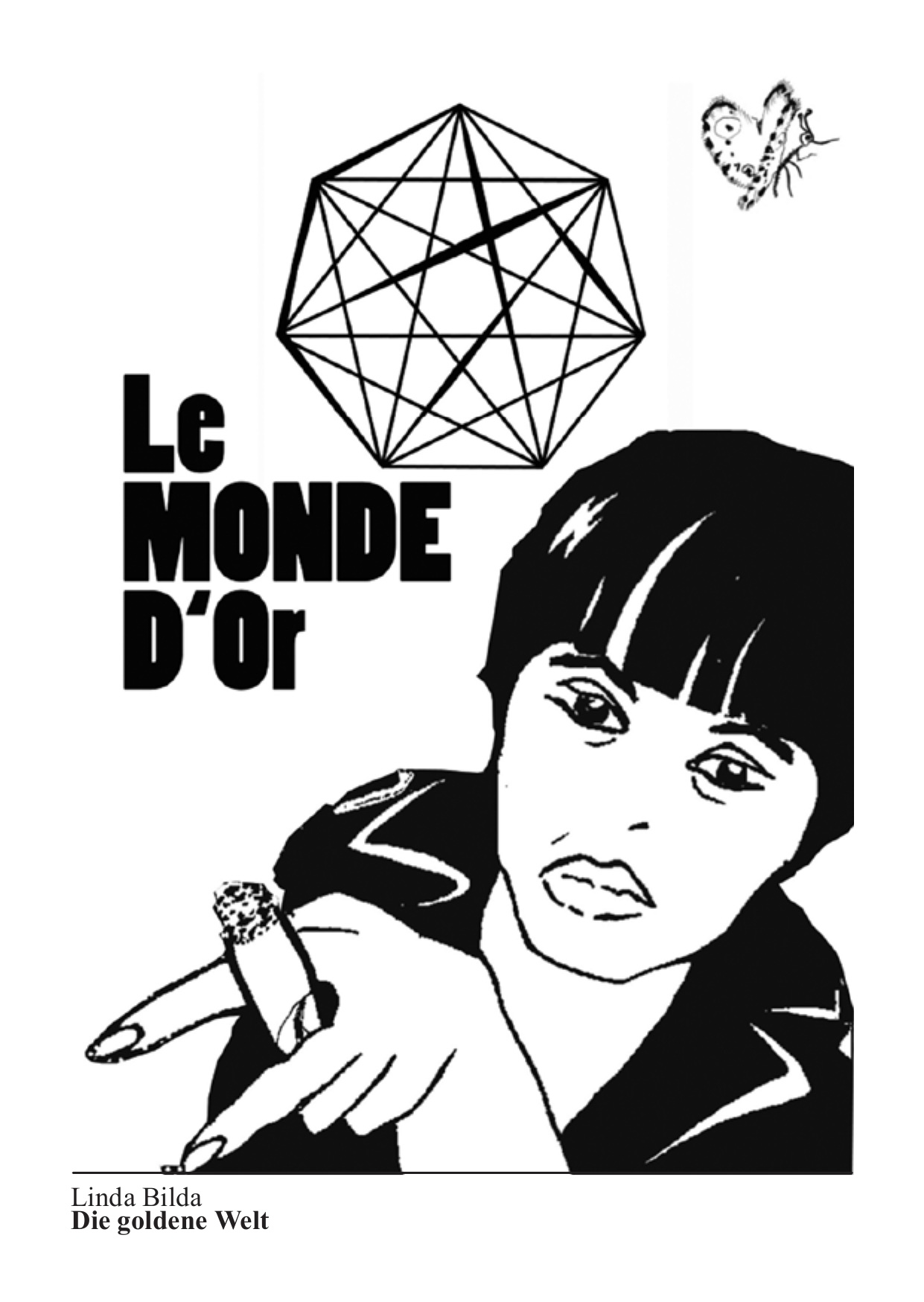27.1. – 25.3.2001
Lill Tschudi Linocut from the generous gift
Lill Tschudi, Linocut represents a first viewing of the generous gift of 86 linocuts originating primarily between the 1960's and 1999, which Lill Tschudi, who celebrates her 90th birthday this year, presented to the Glarus Art Society last year. Lill Tschudi has been planning this gift for several years in order to expand upon the 20 works already belonging to the collection and to illustrate the variety and the developmental lines of her work by means of a representative and comprehensive group of compositions. The exhibit presents a selection of 47 linocuts included in the gift together with significant linocuts produced between the 30's and the 50's, such as London Buses (1949), Along the Quay (1949), and French Porter (1935).
Since her studies in London at the Grosvenor School of Modern Art, where she concentrated on the artistic linocut technique under Claude Flight (1881 - 1955), a pioneer of linocut art, for a relatively brief time from December 1929 to May 1930, the linocut has doubtlessly represented the most important expressive medium for Lill Tschudi. In addition to numerous watercolors, oil paintings, collages, and Sgraffiti, her work on and with linocut alone amounts to 350 prints.
Claude Flight, the Anglo-Saxon linocut school, and the lively collegial and artistic interchange on this subject influenced Lill Tschudi, born in Schwanden in 1911, as did the period spent in Paris, where she attended courses offered by the cubist André Lhote, the futurist Gino Severini, and the modernist Fernand Léger. And in contrast to the later blooming interest in her work and method, the artist has been regarded in the USA, Great Britain, and Australia as early as the 30's as one of the most outstanding representatives of this unrepressed and unconventional medium.
Lill Tschudi's works presently covering almost 70 years have consistently reflected the developments and issues current at the time of production, thus setting themselves apart in consequence of their active involvement and unconstrained artistic formulation.
From the 30's to the beginning of the 50's, with the exception of a protracted artistic hiatus occasioned by the war, Lill Tschudi's work corresponds formally, stylistically, and contextually to the tradition of the Anglo-Saxon linocut introduced also to the USA, China, and Canada through numerous "British Linocut" exhibits presented by the artists in Claude Flight's circle in which Lill Tschudi represented the only "foreigner". Art Deco, futurism, and cubism are the stylistic frames of reference; the rendering of dynamic processes, oscillating lines, rhythmically applied geometric forms, and the accentuation of contoured surfaces are formal elements Lill Tschudi implements to approach the phenomena of modern life, the pulsation and turbulence of the metropolis: Depictions of dance and jazz locations such as the black and white linocut Jazz Orchestra of 1935, buses racing around bends, street decorations, bike races (Tour de Suisse, 1935), and scenes of everyday life Lill Tschudi captures in convincing and masterful pictorial compositions.
Beginning in the mid-50's, Lill Tschudi marks a caesura in her work when she increasingly turned from objective pictorial conceptions: nature experiences and reality experiences are replaced by expressive form freed from a mimetic function, abstract forms produce tension-laden related fields, rhythmic reiterations create pictorial density. However, Lill Tschudi repeatedly reverts to the contrast between objective and abstract elements of form.
Lill Tschudi's subject matter remains to this day the active involvement in the phenomena of her surroundings, be it landscapes in the Glarus area or the landscapes of Sardinia, which she has frequently visited since the 60's and has recurrently captured in pictures (Sardinian World of Form I, 1968, XV, 1982; XX, 1990 included in the exhibit), or be it the presence of the media (On the Screen, 1996), or the confrontation with collective queries posed by society through representations of the family, of the visit to an exhibit opening, or mythological topics influencing human history.

















